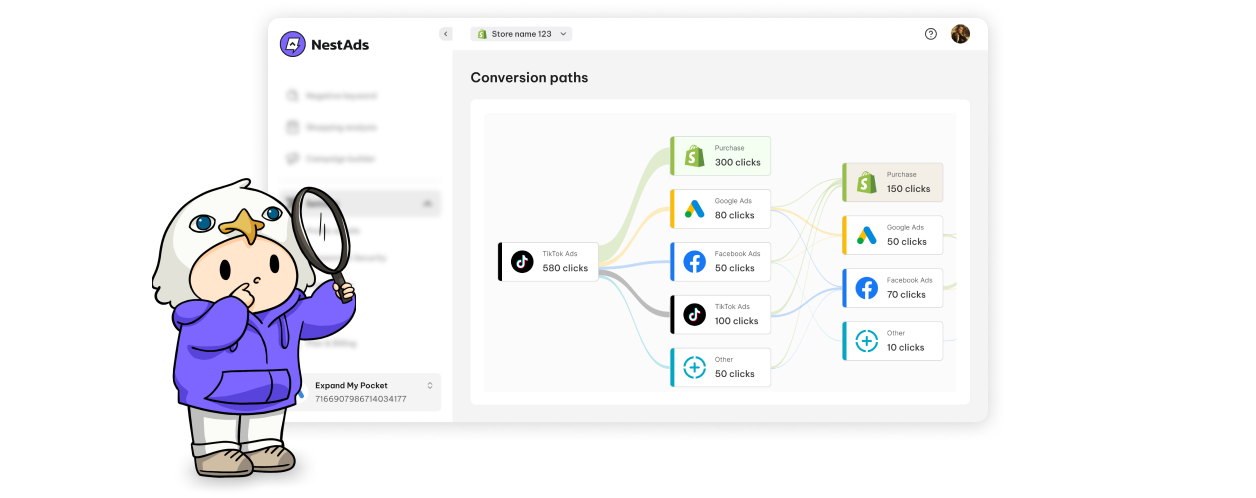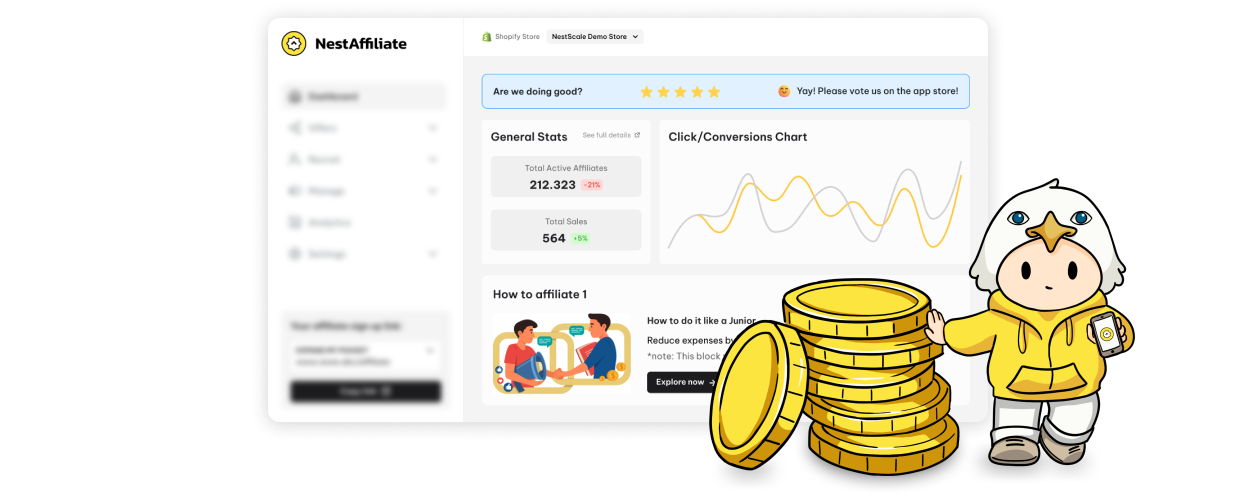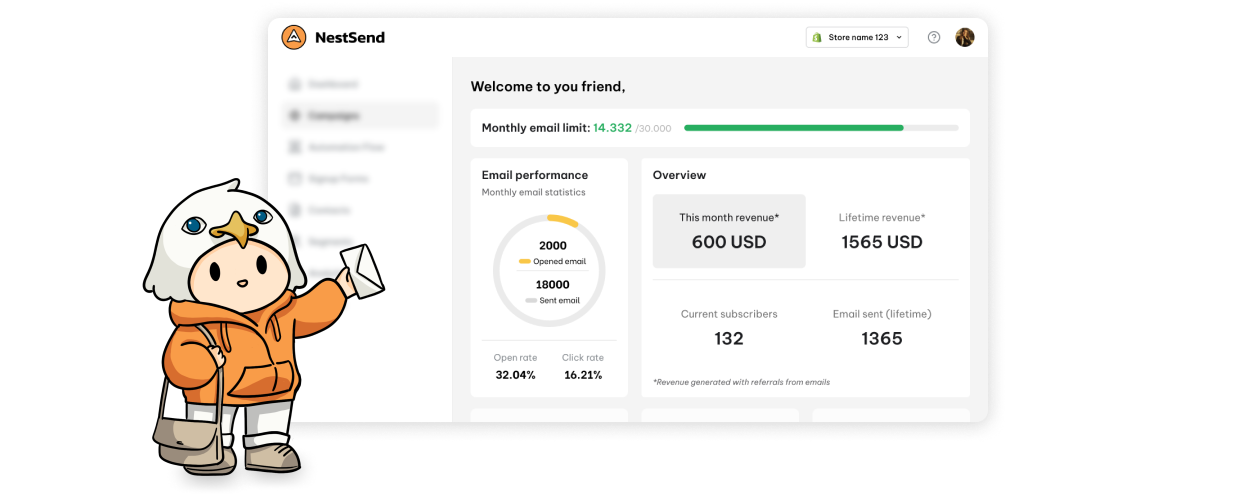What is earnings per click (EPC)?
Earnings Per Click (EPC) measures the average revenue earned for each click generated through an affiliate, ad, or marketing campaign. It helps businesses evaluate the profitability of their advertising, affiliate programs and paid traffic sources.
💡 EPC vs CPC
Cost-per-click (CPC) measures the amount an advertiser pays per ad click, while EPC measures the revenue earned per click.
How to calculate EPC?
Formula
EPC = Total earnings Total clicks
Example
- Total revenue from clicks: $1,200
- Total clicks: 3,000
EPC = 1,200 / 3,000 = $0.40
This means each click generates $0.40 in revenue.
Misconceptions you should know about Earnings Per Click
✖️ “Higher EPC always means higher profitability.“
✔️ EPC is useful, but other metrics like conversion rate and customer lifetime value (CLV) are needed for a full picture.
✖️ “EPC is only for affiliate marketing.“
✔️ EPC is used in paid ads, influencer campaigns, and email marketing to evaluate revenue per click.
✖️ “EPC is the same as CPC.“
✔️ CPC measures the cost per click in advertising, while EPC measures the earnings per click from those ads or affiliate referrals.
How to use EPC in Advertising?
EPC is more than a performance metric. It can be used to measure the profitability of ad spending and optimize campaigns accordingly.
- If EPC is higher than CPC, the campaign is profitable and can be scaled.
- If EPC is lower than CPC, businesses should refine ad targeting, creative elements, or landing pages to improve conversions.
- Use A/B testing to find high-performing ad creatives and adjust bidding strategies for better returns.












































